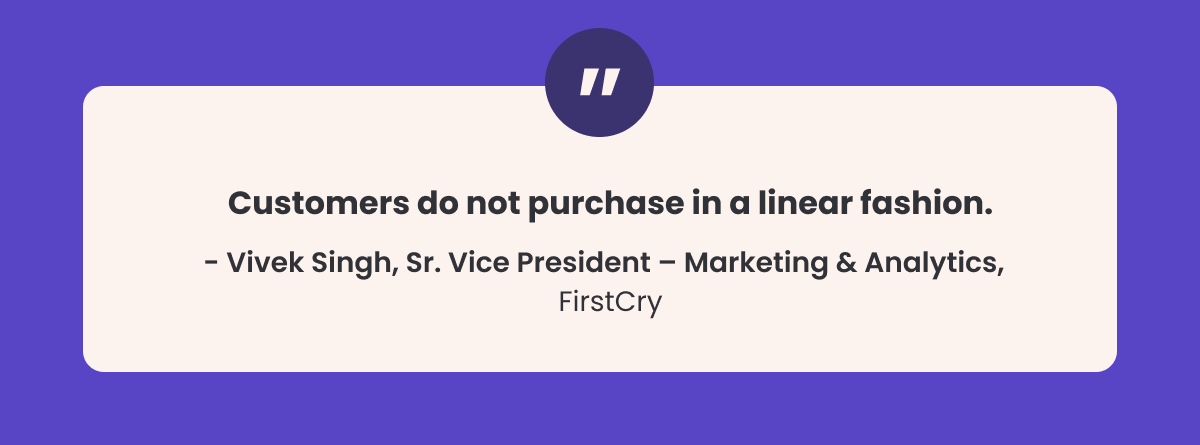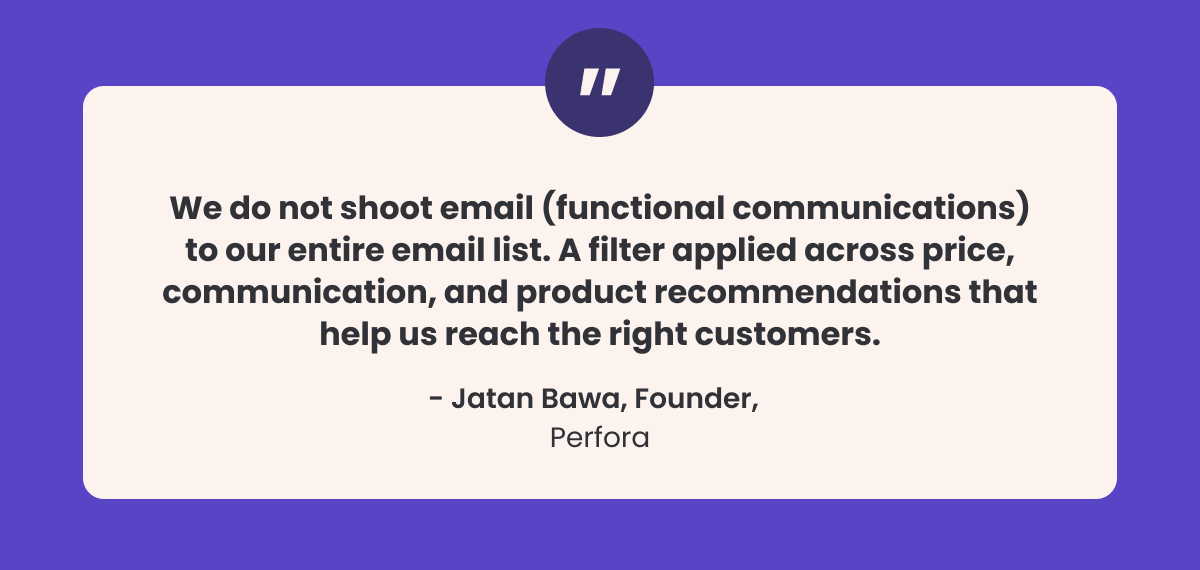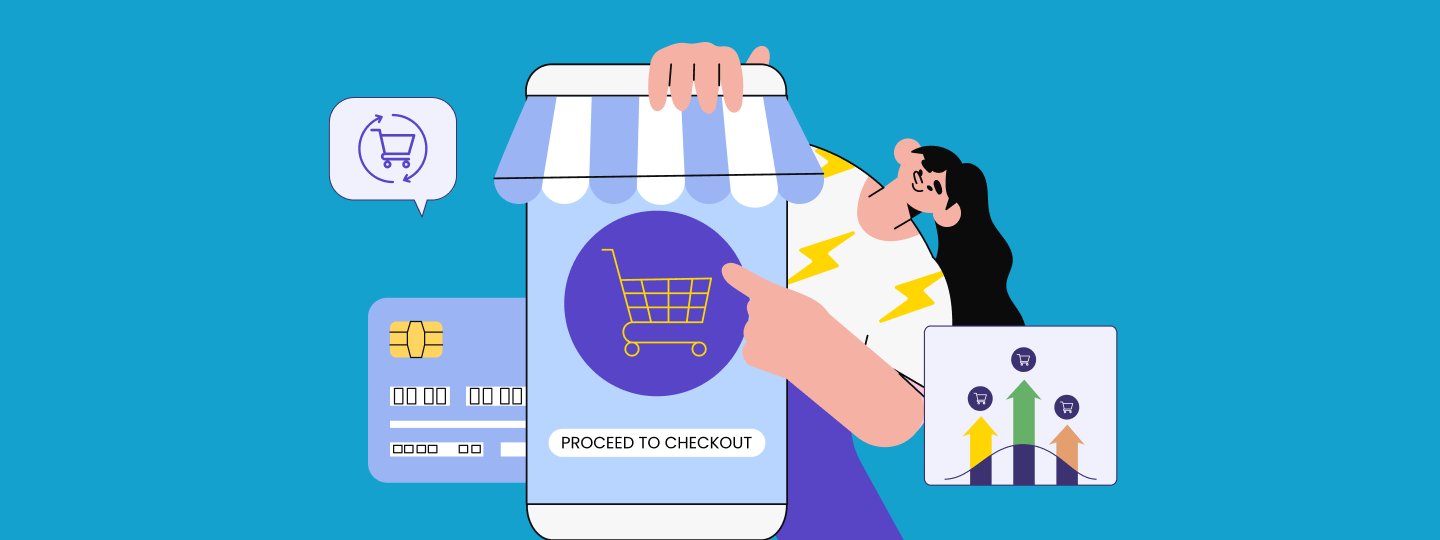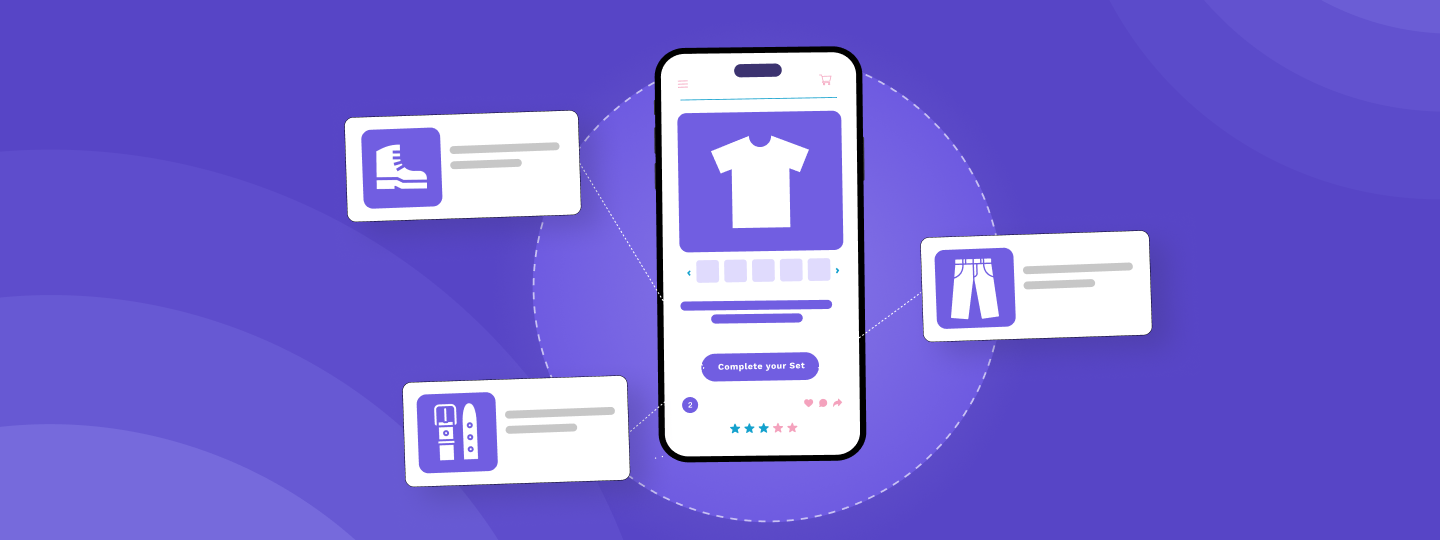Picture this: Customers flock to your website or app, excitedly browse your products, and toss some items into their carts. And then, just when you’re on the brink of sealing the deal, they vanish into thin air. It’s like watching potential sales slip through your fingers, leaving your D2C business with a leaky sales funnel and missed revenue opportunities.
In this blog, we’ll delve into the art of cart abandonment recovery and how the powerful dynamic duo of marketing automation and retention strategies can be your rescue squad. No top hats, no rabbits; just practical solutions to ensure they keep coming back for an encore.
Understanding the Problem
Customers abandon shopping carts online for various reasons, and understanding these reasons is crucial for any D2C founder like yourself – to reduce cart abandonment rates and improve the overall customer experience, leading to increased sales and Customer Lifetime Value (LTV).
- Complicated Checkout Process: Users prefer quick and seamless shopping experiences. Lengthy or complicated checkout processes with multiple form fields, mandatory account creation, or too many steps can frustrate customers. In fact complex checkout process deters 17% of shoppers.
- Lack of Payment Options: For 9% of customers, the variety of payment methods need to be improved. Some customers may prefer alternative payment methods like Reward credit cards, Vouchers, Discount coupons, PayPal, Apple Pay, Sodexo, etc.; if these aren’t available, they may abandon their carts. Therefore, ensure you have as many payment options as possible.
- Platform Performance: Slow-loading landing pages or apps, glitches or crashes during the checkout process across platforms can be huge turn off. Customers expect a smooth and responsive process wherever they buy from- website, app, or third-party platforms.
- No Guest Checkout Option: Some customers prefer to avoid creating an account or logging in. Having to create an account deters 24% of shoppers from buying. If a D2C platform doesn’t offer a ‘guest’ checkout option, these customers may abandon their carts.
- Lack of Mobile Optimization: With the surge in mobile usage for online shopping, brands need to prioritize mobile-optimization. Online stores with no mobile optimization can result in poor user experience leading to customers abandoning the cart.
- Inconvenient delivery service: Offering free shipping and next-day delivery are two sure-shot ways to make a customer buy your product instantly without procrastination. However, most businesses can’t afford this on day zero. Hence, it’s imperative to think about the delivery fee and time more strategically when listing products for the first time on your D2C platform.
- Refund/Return policy: 12% of shoppers abandon the cart if they don’t like the return or refund policy. Hence, having a clearly stated return or refund policy on the checkout page can help you avoid this problem.
Cart Abandonment Recovery
Cart and browse abandonment represent missed opportunities for D2C brands that they need to capitalize on-Visitors show interest in your products but haven’t followed through with a purchase. Solving this riddle requires a multi-faceted approach around segmentation, customer journeys, and omnichannel campaigns.
So, let’s look at them one by one to understand how your business can optimize these strategies to reduce cart abandonment and inducing more repeat purchases
Segmentation: The Foundation of Recovery
Segmentation is at the heart of any successful cart abandonment recovery strategy. D2C brands often struggle because they fail to recognize that not all customers are alike. By dividing your audience into segments based on behavior, demographics, or purchase history, you can tailor your approach to each group’s unique needs and preferences.
Here’s a step-by-step rundown on how to use audience segmentation and maximize your CTRs in the D2C space.
Crafting Customer Journeys


Imagine an online cosmetics brand whose customers fill the cart with a selection of items that they are interested in. However, as they are about to complete the purchase, something holds them back. The cart remains abandoned, and the potential buyer too.
This is where WebEngage’s Journey Designer comes to play!
The Journey Designer is a powerful tool that enables you to deliver one-on-one brand experiences to your users at crucial moments in their lifecycle.

Journey designer help brands to craft precise multi-channel journeys to identify the most engaging channel to touchbase with your customers. Each journey can be designed using an If-then-else logic, allowing you to personalize your user’s experience in the context of their behavioral history, channel preferences, location, and real-time interactions with your app, website, and campaigns.
These data-driven targeted campaigns allows you to engage with your customers across their journey stages nudging them to re-visit the cart and complete the purchase.
Let’s take the same example of cosmetic brand to understand this. A customer views and puts some cosmetic products in the cart but does not complete the purchase. Once the brand has observed this customer leaving a cart, they can implement journey designer to identify the best channel to send a personalized recommendation to that customer in order to retain them.
Hence, whenever a user adds an item to the cart, he/she enters the journey as shown below:

Here’s how PrettySecrets, an online lingerie retailer in India, uses Journeys to reduce cart abandonment by 7.3%.
With the help of WebEngage Journey Designer, they were able to craft captivating, and emotionally-driven, multi-channel, and cross-channel cart recovery campaigns tailored exclusively for their cherished customers.
UAE’s largest online shopping store, DODuae.com, also witnessed a 14.77% abandoned cart recovery after adopting WebEngage’s omnichannel campaign manager.
The Power of Omnichannel Campaigns
Omnichannel campaigns play a pivotal role in cart abandonment recovery. It’s not enough to rely on a single channel; you must meet your customers where they are and that’s what omnichannel equips you with.
Here are a few ways to get started:
- Email Reminders: Send personalized email reminders to users who have abandoned their carts. Highlight the products left behind, offer incentives like discounts or free shipping, and make it easy for them to return to their carts in a single click.
- WhatsApp Alerts: WhatsApp is an increasingly popular communication channel. Use it to send personalized cart reminders, provide quick customer support, and engage users in real-time conversations.
- SMS Notifications: Send SMS notifications for cart abandonment reminders, limited-time offers, or personalized recommendations to re-engage users and nudge them to complete their transactions. Here are a few instances:

Here are some brilliant use cases you can implement to improve your email marketing strategies.





Personalization
Research by Segment reveals that 44% of consumers are likely to become repeat buyers after a personalized shopping experience.
At its core, personalization is about delivering tailored experiences to individual users. Actual web and app personalization goes far beyond addressing users by their first names. It’s about curating an exclusive and tailored experience drawn from your customers’ behavioral insights. Just like a designer outfit tailor-made exclusively to your tastes and preferences.
Whether it’s suggesting products they’ve been eyeing, greeting them by name, or showcasing items ideally suited to their taste, personalization is the art of making customers feel seen and valued.
For your brand to stay relevant, it’s highly imperative to personalize your engagement strategies across channels.

The Power of Tailored Recommendations:
One of the most visible aspects of web and app personalization is the tailored product recommendations.
Personalized product recommendations can substantially elevate CTRs, as customers prefer content that caters to their unique interests. Yayvo’s strategic approach led to an impressive 8.27% conversion rate increase by targeting high-intent users.
When customers see products that align with their interests, they’re more likely to engage, click, and ultimately purchase. It’s akin to having a knowledgeable salesperson who understands their taste and guides them through the store.
Given below is an example of a personalized recommendation nudging customers to complete their purchase.

Enhancing User Experience:
The essence of personalization is enhancing the user experience. It’s about creating a website or app that feels intuitive like it knows what your customers want before they do. When users feel that a platform is attuned to their preferences, they’re more likely to spend time exploring, interacting, and eventually converting. It’s the difference between a standard shopping experience and one that feels like a personalized journey. Here are a few instances of the same:

Remarketing:
In the fast-paced digital world, it’s easy for customers to get distracted and move on. Remarketing helps you stay top of mind. By showing relevant ads or sending follow-up emails, you can remind users about your brand and products. Remarketing is a powerful tool that allows businesses to re-engage with users who’ve shown interest but didn’t make a purchase due to hesitation. Remarketing allows you to personalize offers and even a touch of urgency to encourage them to return and complete their purchase.
Epigamia, a Mumbai-based Greek Yogurt brand, has enhanced its remarketing strategies with WebEngage to boost its Click-Through Rates (CTRs).
Integrating their Google Ads account with WebEngage, the D2C brand could access valuable data points for targeting specific user behaviors, such as cart abandoners, frequent buyers, or high-spending customers. This integration unlocked the potential to reach the right audience through Google Ads, benefiting from its extensive reach.
Final Thoughts
Don’t let abandoned carts haunt your business. Instead, use them as stepping stones toward success, recovering lost sales, and building stronger customer relationships. Your users are out there, waiting to show you what they’ll use your platform for – let’s make it a shopping experience they won’t want to abandon.
Using the right tools and techniques can make all the difference. This is where WebEngage can be your ally. We have helped over 800+ brands navigate through these challenges. Connect with us to discover how we can help you conquer your cart abandonment problem and help you retain your valuable customers.








 Vanhishikha Bhargava
Vanhishikha Bhargava
 Prakhya Nair
Prakhya Nair
 Sanjay Mishra
Sanjay Mishra